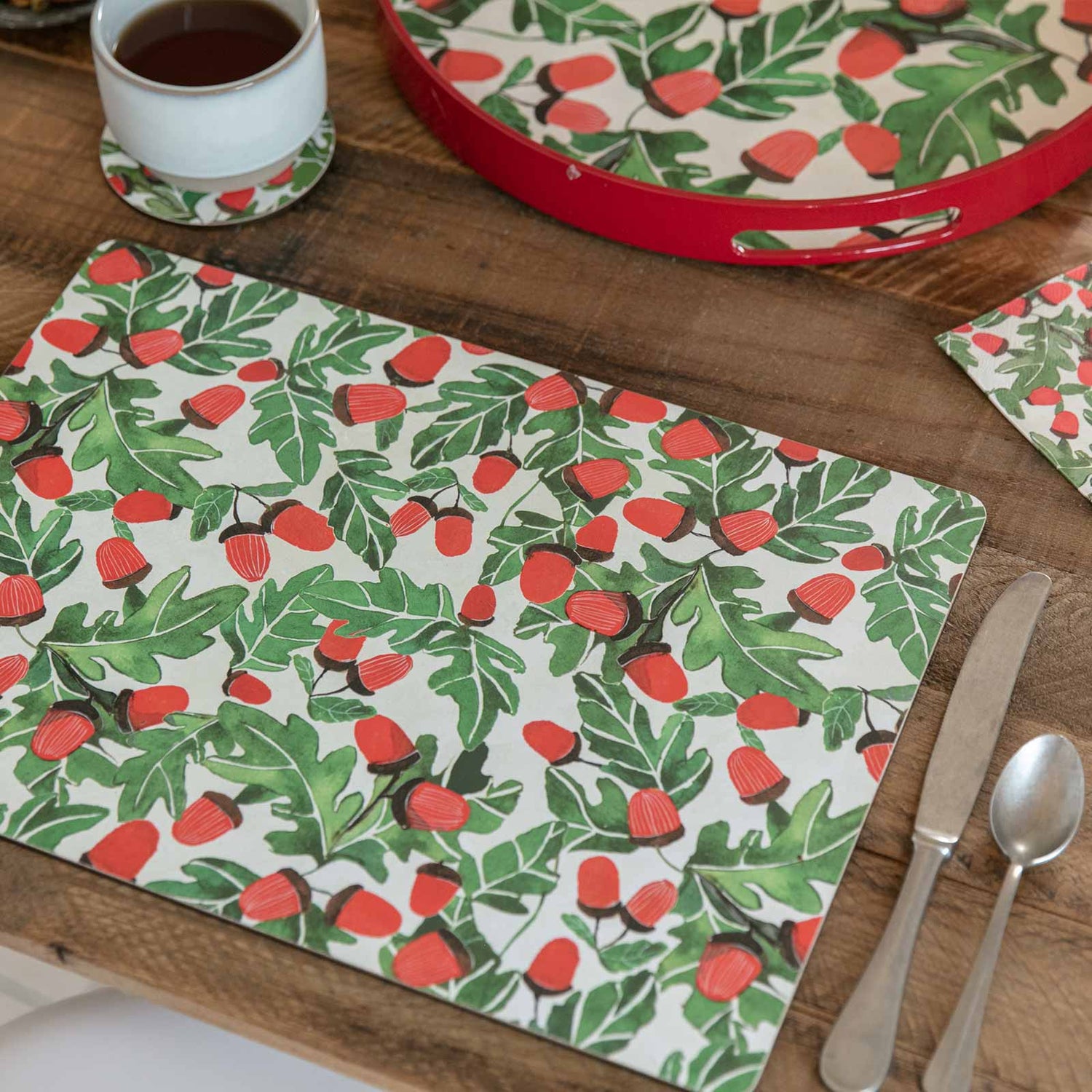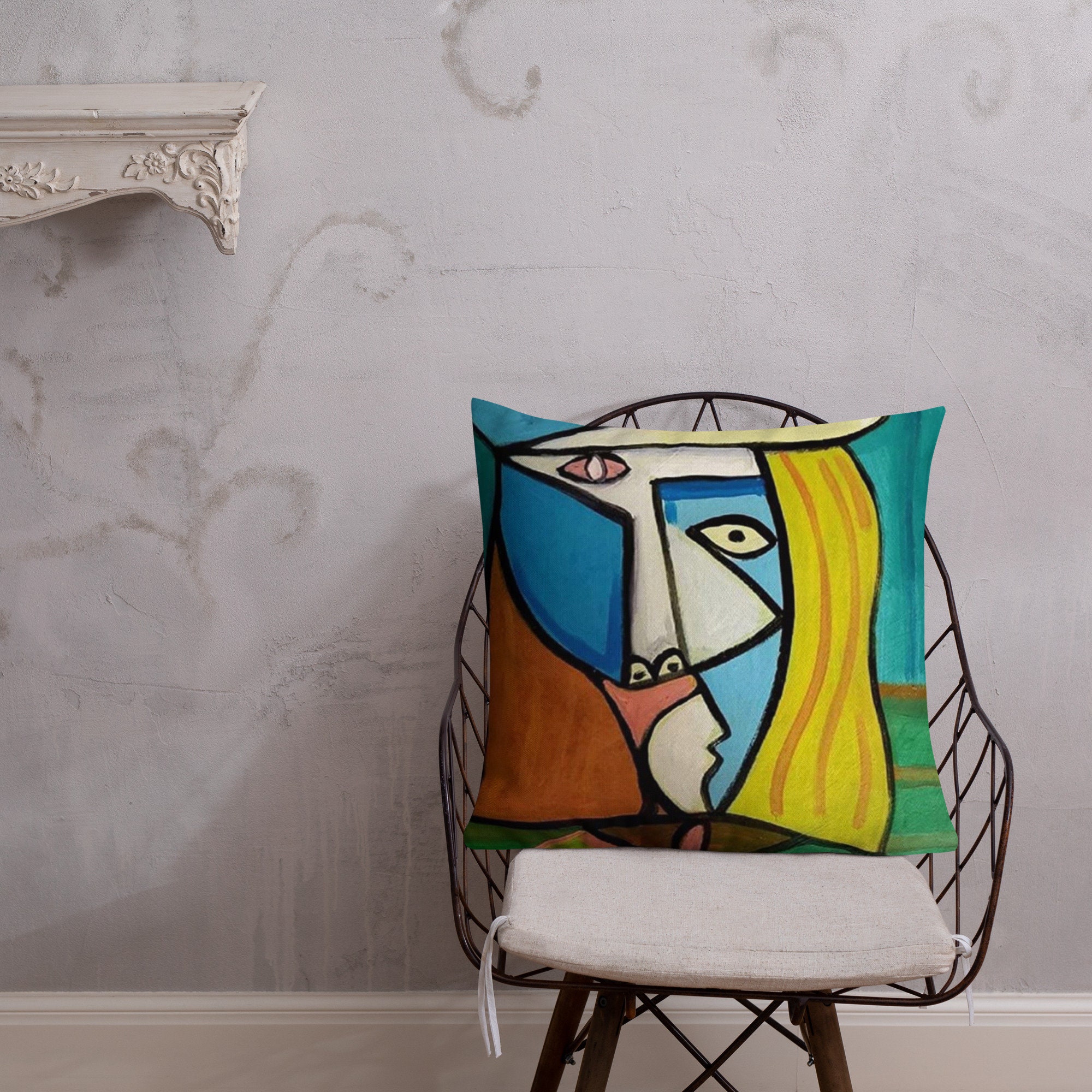The 20-Second Trick For Unique Art
Table of ContentsThe 30-Second Trick For Unique ArtAbout Unique ArtSome Ideas on Unique Art You Should KnowThe Main Principles Of Unique Art 5 Simple Techniques For Unique Art
While one might discuss which art type holds precedence, the fact continues to be that each of these seven forms gives an one-of-a-kind window into human background, society, and development. Unique Art. They are the tapestries that chronicle our journey, advising us of our past while motivating visions for the future
3 Emil DervishIn this entryway by Emil Dervish that lovely cobalt blue door takes the program. To bring much more dramatization, he prolonged the paint. to the doorframe and the wall up, ending up in a curved shape (Unique Art). The curves, along with a round sconce, soften the edges. Frames vintage posters and maps of beloved areas set the scene.
Our Unique Art Statements
8 TRIA GIOVANEqual parts grand and laidback, this foyer created by Anthony Baratta is the perfect blueprint to follow if you're embellishing an official entrance that still feels unfussy and comfortable. Formed fabrics take spotlight (see the carpets and the sofa), but they additionally assist bring the high ceilings to a human range when hung over wallpaper.
18 Heidi Caillier DesignA gallery wall doesn't require to take up the whole space. Occasionally a little one can make a larger design statement. In this living room, Hiedi Caillier decided for micro-mini structures and an arbitrary structure.
, the expression of ideas and feelings, with the development of specific visual top qualities, in a two-dimensional visual language. The elements of this languageits forms, lines, colours, tones, and texturesare utilized in various ways to generate feelings of quantity, room, motion, and light on a flat surface area. These aspects are integrated into meaningful patterns in order to represent real or supernatural phenomena, to analyze a narrative motif, or to produce entirely abstract visual relationships.
Later on the notion of the "great artist" created in Asia and Renaissance Europe. Popular painters were managed the social status of scholars and courtiers; they authorized their job, chose its layout and usually its subject and imagery, and developed an extra personalif not constantly amicablerelationship with their clients. Throughout the 19th century painters in Western societies started to shed their social position and safe patronage.
The Only Guide for Unique Art
Others made an earnings through touring exhibitions of their work. The requirement to appeal to a market had replaced the similar (if less impersonal) demands of patronage, and its effect on the art itself was probably similar also. Generally, musicians in the 20th century could get to an audience only through business galleries and public galleries, although their job might have been periodically recreated in art periodicals.

Do not duplicate the style of various other artists if you're looking for your design. Copying other individuals's art work can be wonderful in instructional purposes yet it will not make you closer to locating your own one-of-a-kind style. Your imaginative style needs to be, what you like and what influences you.
What Does Unique Art Mean?
I would certainly assume of your own design as a style you repaint in normally, when you release all ideas and guidelines and simply concentrate on painting, not thinking of it. The style needs to come naturally to you when you are unwinded and you can not force it or it will not be your own design, simply another person's.
You require to attempt lots of various choices and check out everything before you can focus on one specific design or you'll be burnt out, or even worse, you'll hate your own style. I recommend you to attempt every solitary topic that you're interested in, explore as much as you can. Try different mediums that excite you and new strategies you have actually never ever attempted prior to.
With time you'll have the ability to arrange all of them into your preferred and least preferred classifications. Try to focus your interest on the subjects and mediums that you like and before you see it coming you'll have your own personal and one-of-a-kind style, like no one else anonymous have! In the end you'll have a few favorite topics to repaint and possibly a few favorite tools.
Examine This Report on Unique Art
The style needs to establish itself in time with a great deal of practice and experiments. Thanks for reading this blog post and if you have any type of inquiries leave them in the comments listed below, I would certainly more click for source than happy to address these.